There are three forms of orange fringed plecos among L catfishes, namely L76 (tributaries of Rio do Pará, Brazil), L99 (also tributaries of Rio do Pará, Brazil), and L265 (Rio Tajajós and its tributary Rio Jamanxin, Brazil). Thus, all sites are located within the state of Pará. L265 has also received LDA number 84 after being assigned an L number. All of these animals have in common that the otherwise largely unpatterned dorsal and caudal fin has an orange fringe. Individually the body pattern can be quite different, therefore the various L- and LDA-numbers. But always one recognizes a pattern of four broad, dark bars on the flanks. In L265/LDA84 the body plates are conspicuously dark bordered.
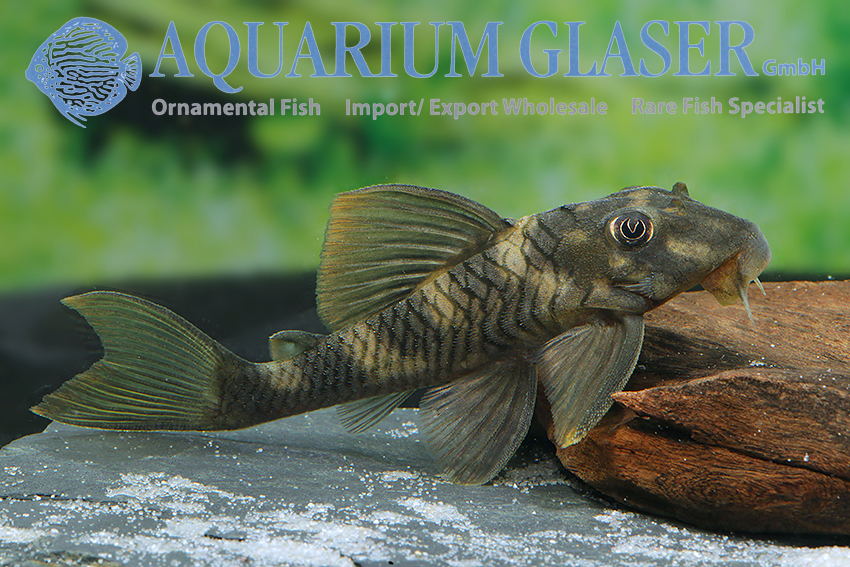
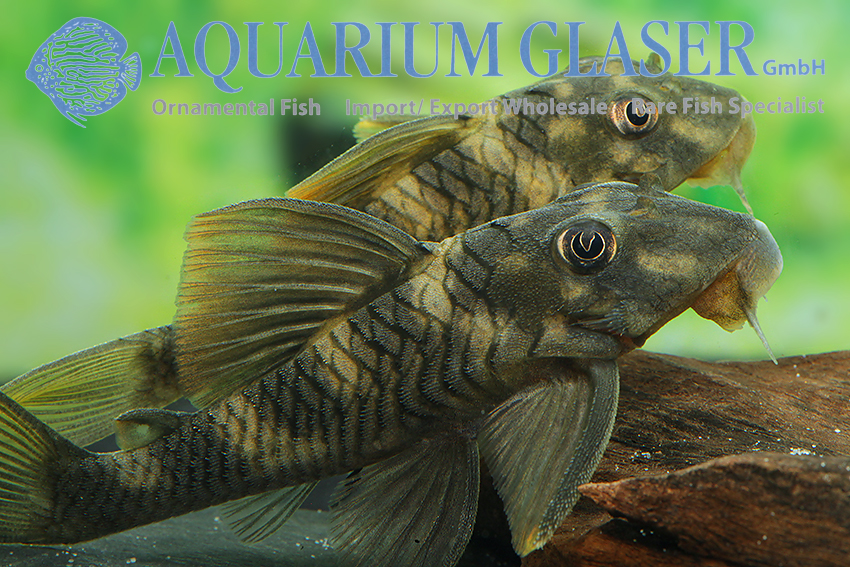
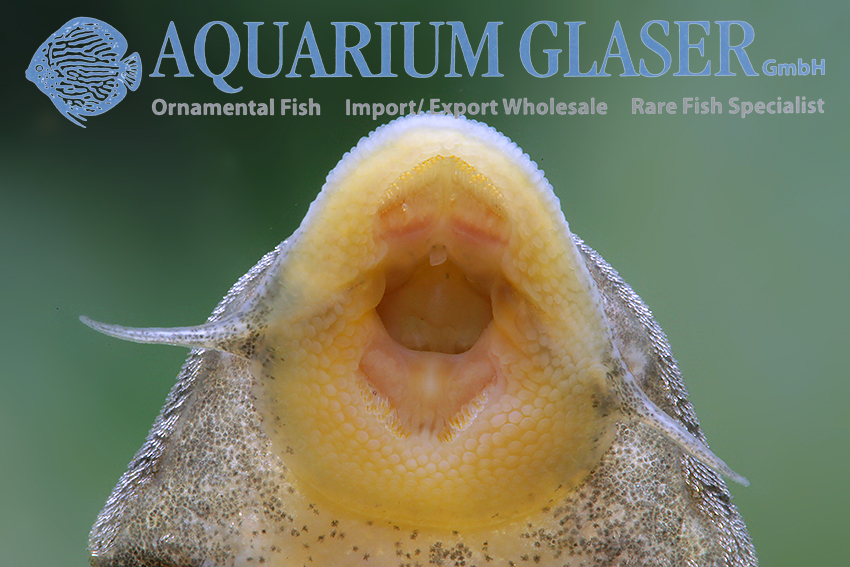
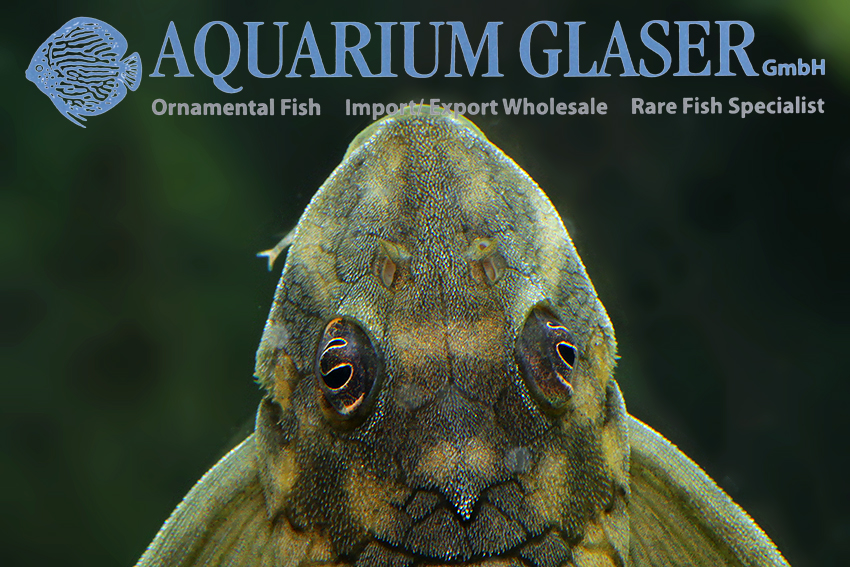
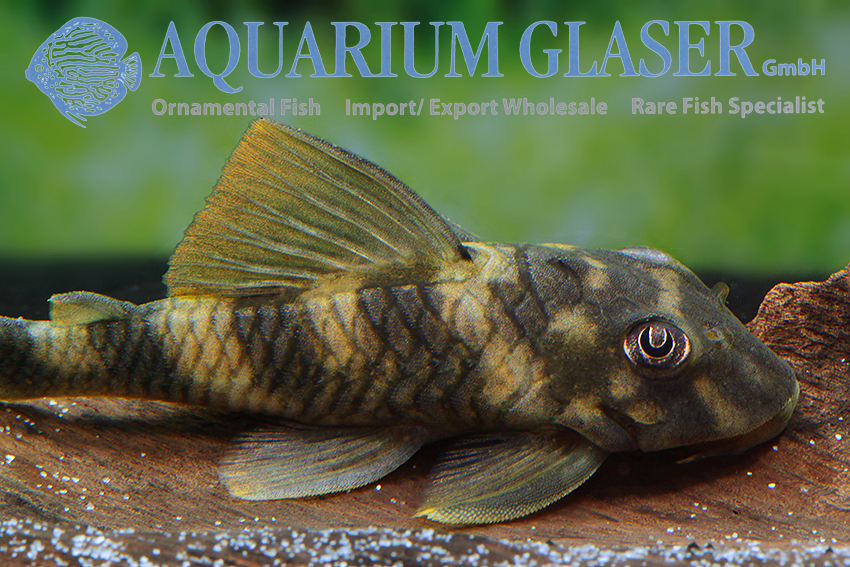
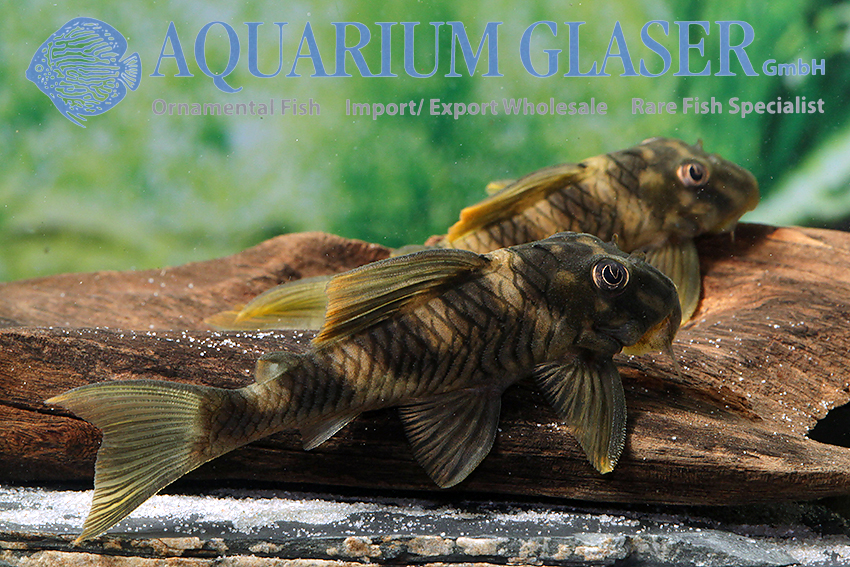
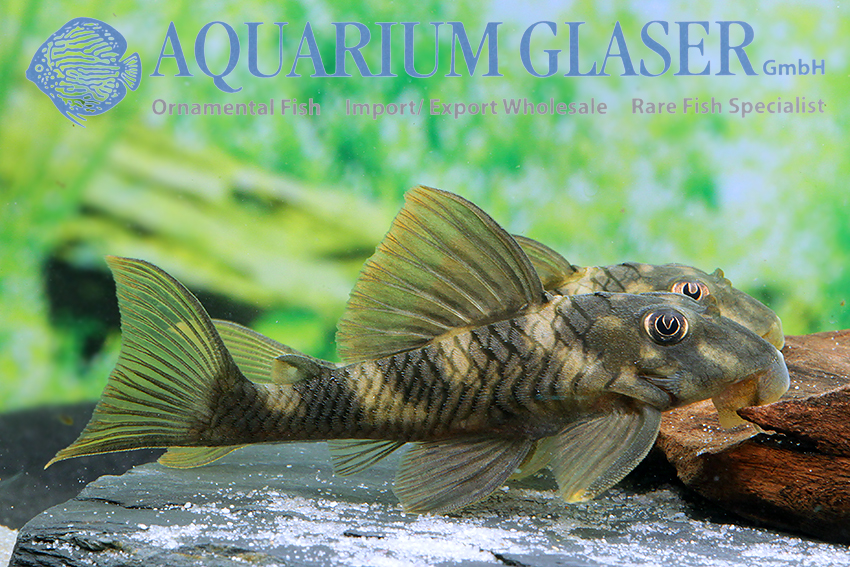
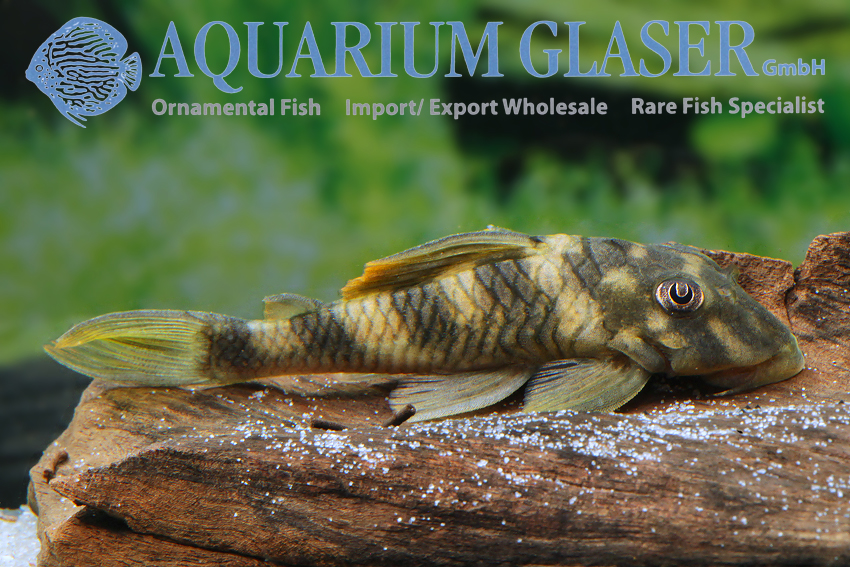
The pretty animals become 12-15 cm long and belong to the peaceful representatives of the family. The dentition shows that they are unspecialized omnivores, which in the aquarium especially like to accept frozen food of animal origin, but should also get the usual vegeabilic food. Like so many central Amazonian loricariids they like a combination of strong current and comparatively warm water (28-30°C). They are typical cave breeders with a father family.
The assignment of L76, L99 and L265 to the genus Peckoltia is only provisional; because of the orange fin seams a relationship with Ancistomus snethlagae is occasionally suspected. But it is surely more meaningful to wait for a scientific treatment of the animals, than to speculate wildly concerning the genus affiliation.
For our customers: the animals have code 26480-L 265-2 on our stocklist. Please note that we only supply to wholesalers.
Text & photos: Frank Schäfer




